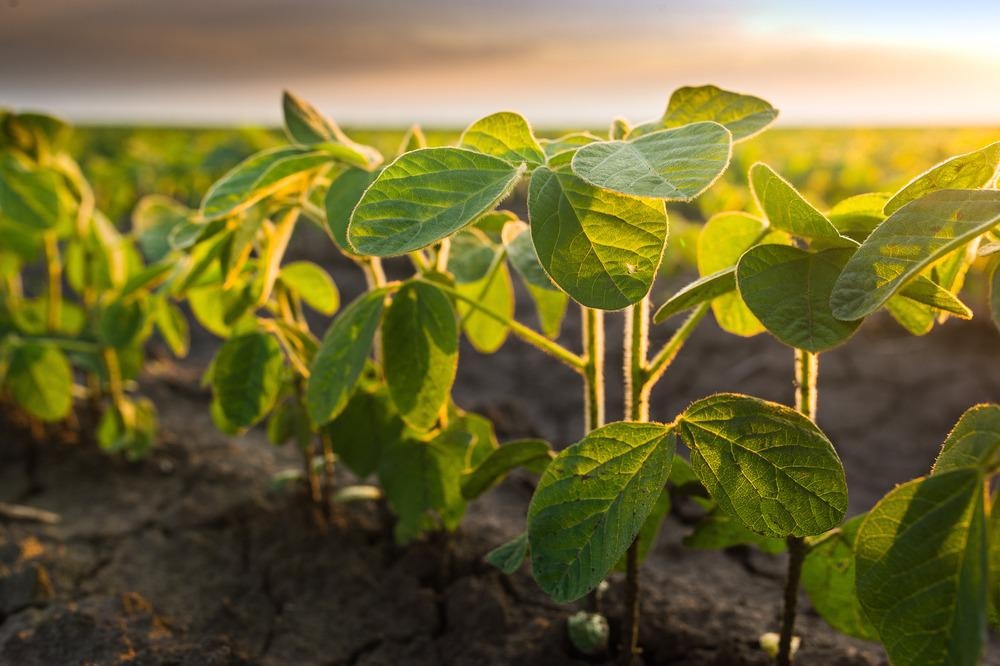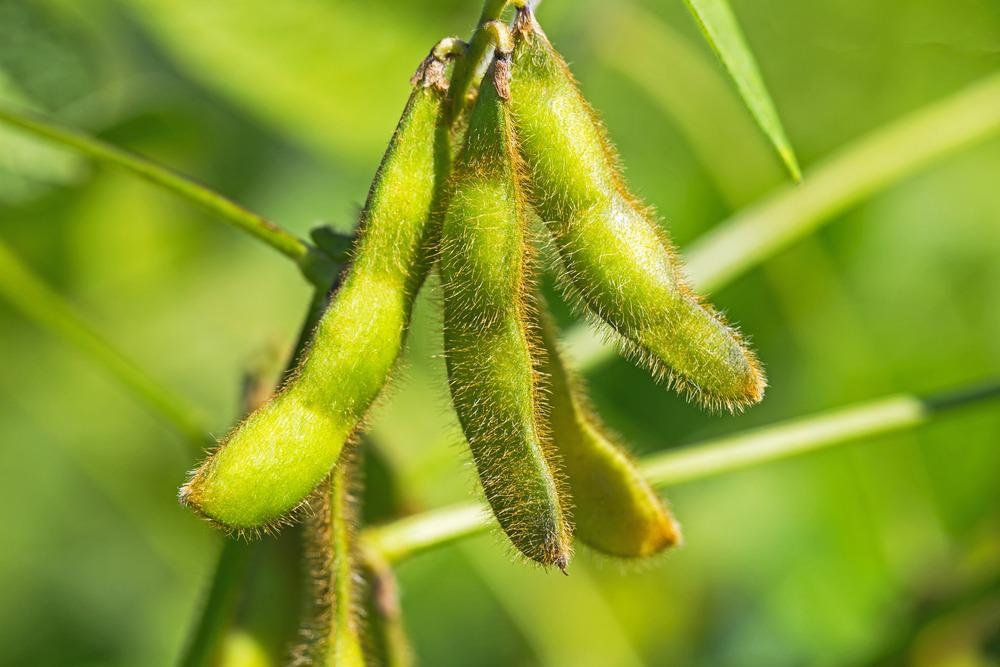Farmers often incur immense agricultural losses for many reasons, such as pathogen infestation, lack of optimal rainfall, and infertile soil. However, the global demand for farm products is ever increasing. Agricultural scientists have applied nanotechnology to enhance crop production and protect the plant from various biotic and abiotic stresses- nanofibers, a nanomaterial with many unique properties to improve plant growth and yield, have received particular focus.

Image Credit: Fotokostic/Shutterstock.com
To fulfill the demand for agricultural production and fight many constraints, such as nutritional imbalances and climate changes, farmers use excessive agrochemicals. Although these agrochemicals are effective, continuous and excessive use has a detrimental effect on soil, causes degradation of agro-ecosystems, and adversely affects the environment and health.
Implementation of nanotechnology in agricultural sectors has provided the much-needed tools for the management of biotic and abiotic stresses, detection of plant diseases, and enhancement of nutrition absorption and translocation ability.
What are Nanofibers?
Nanofibers are one-dimensional nanomaterials whose diameter range from tens to hundreds of nanometers and are produced using a broad range of natural, synthetic, and hybrid polymers. As the name suggests, these are fiber-shaped nanomaterials with multiple unique properties, such as interconnected nanoporosity, high surface area to volume ratio, and high mass transport properties.
Electrospinning is one of the techniques by which nanofibers are produced. This technique is based on the electrostatic driving force and provides continuous production of highly pure nanofibers. The attractive characteristics of nanofibers have meant that their use has been applied to various fields, including drug delivery, filtration, food science, and wound healing.
Electrospun nanofibers in plant management, such as applying pheromone-loaded nanofibres and producing protective clothes for farmworkers, is a relatively new approach.
Plant Diseases and Conventional Preventive Methods
As stated above, plant diseases lead to significant losses in agricultural production, occurring due to viral, bacterial, or fungal infestations. One of the examples of plant disease is Asian soybean rust (ASR), which is caused by Phakopsora pachyrhizi, an obligate fungal pathogen. Soybean fields affected by this fungus experience massive losses, sometimes up to 90% of the total yield.
Although many pathogens are host-specific, P. pachyrhizi can infect many hosts, including diverse leguminous plant leaves in a field. ASR affects the South American economy significantly. Brazil alone experienced immense losses due to ASR, i.e., over 2 billion US dollars, between 2003 and 2014.
Conventional Methods Related to Prevention of Plant Disease and its Drawbacks
In the context of protecting soybean production against P. pachyrhizi infection-causing ASR, several strategies have been employed. One of the common methods of protection includes the application of synthetic fungicide, which increases the cost of production but has adverse effects on the environment. Additionally, overuse of these chemicals leads to the emergence of fungicide-resistant pathogens.
Another strategy is cultivating ASR-resistant soybean plants; however, none of the genetically engineered ASR-resistant soybean plants in the world have shown resistance to all P. pachyrhizi strains. This triggers the need for a better strategy to prevent the soybean fields from ASR disease.

Image Credit: nnattalli/Shutterstock.com
Cellulose Nanofiber in Crop Protection
Cellulose is an essential structural component of a plant's cell wall, composed of organic polysaccharides consisting of β-1,4 linked glucopyranose skeleton. Cellulose nanofiber (CNF) can be produced from cellulose, which exhibits several properties like high aspect ratio, low weight, high mechanical strength, high stiffness, and large surface area.
CNF is derived using many techniques; the aqueous counter collision (ACC) method provides the synthesized nanofibers' amphiphilic properties (hydrophobic and hydrophilic). Application of CNF, conferring the property based on the reduction in expression of chitin synthases (CHSs), developed resistance against P. pachyrhizi.
Cellulose nanofiber also influences the modification of soybean leaf surface hydrophobicity which leads to reduced formation of pre-infection structures. This modification also aids in a decrease in P. pachyrhizi infection in soybean plants.
Polyvinyl Alcohol (PVA) Nanofibers Promote Plant Growth
Nanofibers are also developed using biodegradable polymer polyvinyl alcohol (PVA). Scientists have infused this nanofiber with plant growth-promoting hormones, such as indole acetic acid (IAA) and gibberellic acid (GA3). The newly developed nanofiber was characterized using UV–Vis spectroscopy and scanning electron microscopy (SEM), revealing that the nanofiber diameter increased.
Bio-efficacy of hormones-infused PVA nanofibers was assessed on seed quality under in vitro conditions. Scientists found that IAA incorporated nano-fiber-coated seeds showed a higher rate of germination and seedling vigor under normal and increased moisture stress conditions.
Polymer Nanofibers for Effective Delivery of Pesticides
Effective delivery of pesticides is vital. Otherwise, multiple application cycles of active ingredients would be required, increasing production costs and endangering the environment by contaminating soil, water, and air.
Recently, scientists have discovered a new approach for the delivery of pesticides. Seeds were coated with electrospun cellulose diacetate (CDA), a nanofiber containing abamectin or fluopyram (active ingredients). The newly developed polymer nanofiber showed low water solubility, eventual biodegradability, and in vitro studies revealed significant antifungal and antinematodal activity.
The Future of Nanofibers for Agriculture Applications
One of the challenges scientists face is determining the optimal concentration of active ingredients to be encapsulated or deposited in the nanofiber such that it will not cause any adverse effect on plant growth. More research is required to improve understanding of how nanofibers impact plant metabolism. The self-repair properties of nanofibers that have been used in medical research can also be applied to agricultural research to improve plant growth from germination.
References and Further Reading
Meraz-Dávila, S. et al. (2021) Challenges and advantages of electrospun nanofibers in agriculture: a review. Material Research Express. 8 (4). pp. 042001. Available at: https://iopscience.iop.org/article/10.1088/2053-1591/abee55
Raja, K., et al. (2021) Electrospun polyvinyl alcohol (PVA) nanofibers as carriers for hormones (IAA and GA3) delivery in seed invigoration for enhancing germination and seedling vigor of agricultural crops (groundnut and black gram). Polymer Bulletin. 78, pp. 6429–6440. Available at: https://doi.org/10.1007/s00289-020-03435-6
Saito, H. et al. (2021) Covering Soybean Leaves With Cellulose Nanofiber Changes Leaf Surface Hydrophobicity and Confers Resistance Against Phakopsora pachyrhizi. Frontiers in Plant Science.12. pp.1827.Available at: https://doi.org/10.3389/fpls.2021.726565
Farias, V.B. et al. (2019) Electrospun Polymer Nanofibers as Seed Coatings for Crop Protection. ACS Sustainable Chemistry & Engineering. 7 (24), pp.19848-19856.Available at: https://doi.org/10.1021/acssuschemeng.9b05200
Disclaimer: The views expressed here are those of the author expressed in their private capacity and do not necessarily represent the views of AZoM.com Limited T/A AZoNetwork the owner and operator of this website. This disclaimer forms part of the Terms and conditions of use of this website.